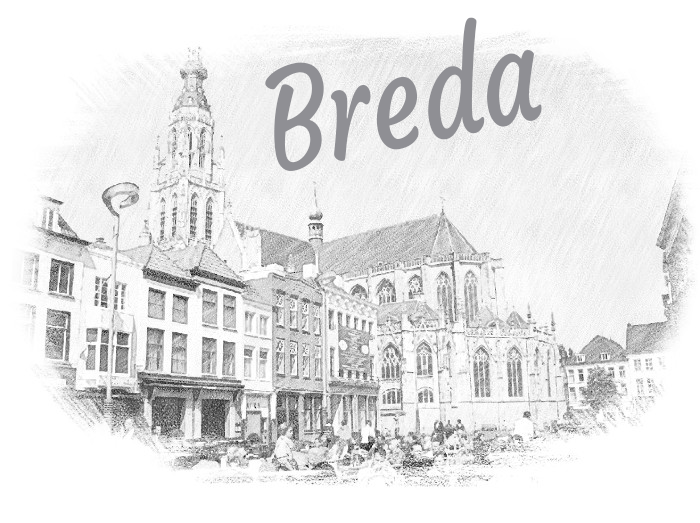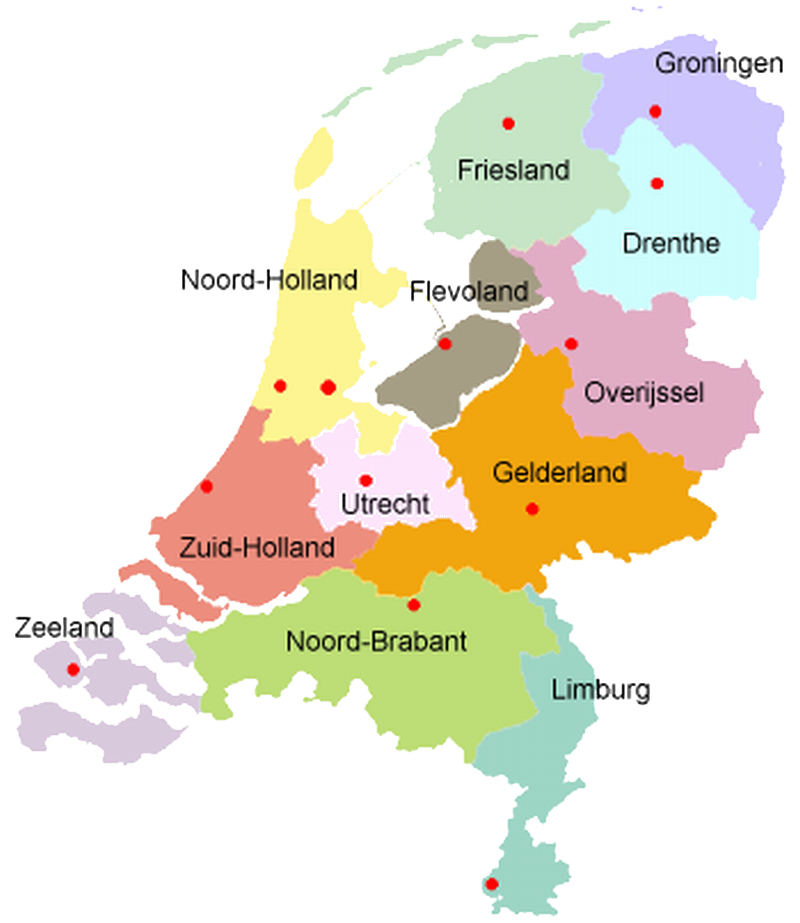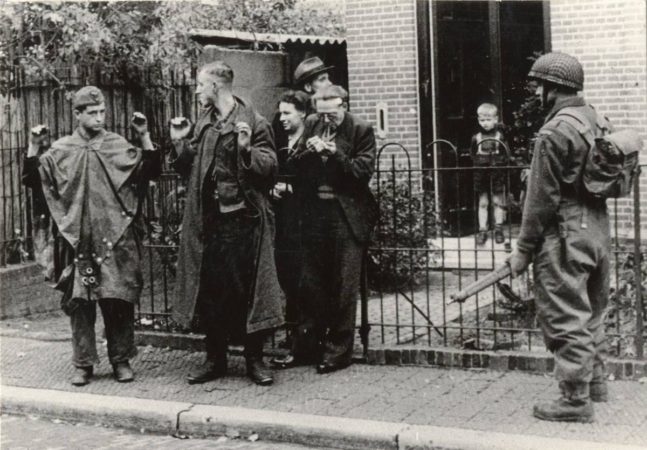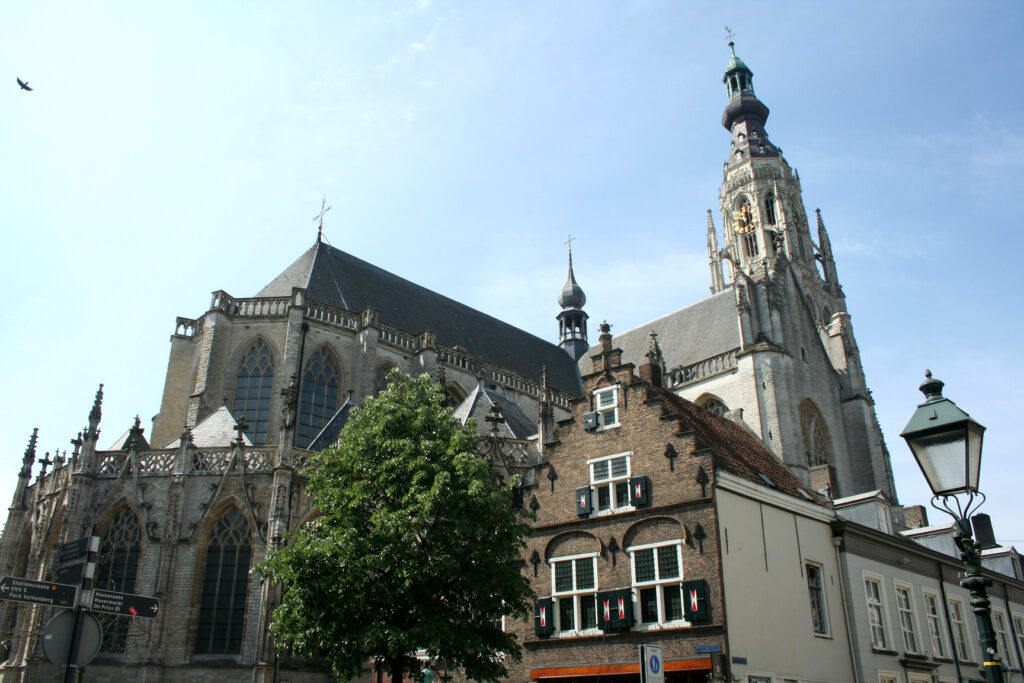BREDA

The Enchanting Charm of Breda
Nestled in the southern part of the Netherlands, the city of Breda exudes a captivating charm that has lured visitors from far and wide. With a rich history dating back to the Roman times, this picturesque city boasts a seamless blend of modernity and historical significance.
Breda’s enchanting beauty is best experienced through its cobblestone streets, lined with elegant architecture and historic landmarks. The imposing Grote Kerk, a stunning Gothic church, and the medieval Breda Castle are testament to its fascinating past. The city’s well-preserved historical center offers a glimpse into its illustrious heritage, while vibrant shopping streets and lively cafes provide a glimpse of contemporary Dutch culture.
Beyond its architectural marvels, Breda offers a plethora of cultural delights. The city’s vibrant art scene includes museums, galleries, and annual festivals that showcase local and international talent. Breda Jazz Festival, in particular, is a renowned event that draws jazz enthusiasts from around the world.
As the city of trees and parks, Breda provides ample green spaces for residents and visitors alike to relax and enjoy nature. The scenic Mastbos forest and the beautiful Valkenberg Park are popular spots for leisurely strolls and picnics.
Breda also boasts excellent transportation links, making it an accessible destination for tourists. Whether exploring its historical heritage or indulging in its contemporary allure, the city of Breda promises an unforgettable experience. As one of the Netherlands’ best-kept secrets, Breda is undoubtedly a hidden gem that leaves visitors enthralled and eager to return for more of its enchanting charm.
World War II
Shortly after the German invasion – on the early morning of 10 May 1940 – a mass evacuation from Breda took place.
Breda was in danger of ending up between the fronts of the advancing Nazi Germans and French. The approximately 50,000 inhabitants were ordered to evacuate the city on this Pentecost Day of May 12, 1940. The evacuation took place on the authority of Mayor Van Slobbe, whether or not by order or order of the Fransen.In the beginning of the war, a French force from Belgium came to Breda, but did not reach the city. The Nazi German occupiers took advantage of the large number of military buildings in the city to house, among other things, soldiers of the rapidly expanding Fliegerhorst Gilze-Rijen. Resistance fighters in Breda played an important role in helping Allied pilots to return to Allied territory. It was not until 1942 that the occupation intensified, when the occupier began registering Jews because of the planned deportation. This was completed in December and the approximately 225 Breda Jews disappeared to concentration camps or went into hiding. Breda was located right on the air route from England to Germany and close to Gilze-Rijen airfield and therefore regularly had to deal with air raids or bombing, which cost several hundred inhabitants their lives.

The city has a rich history, evident in its stunning architecture, which spans a variety of styles and periods.
A walk through Breda would begin in the city center, where the Grote Markt (Market Square) serves as a central hub for shopping, dining, and people-watching. From there, visitors can explore the beautiful 15th-century Gothic-style, Onze-Lieve-Vrouwekerk (Church of our Lady), which is a stunning feat of engineering and artistry. Later, a visit to the Breda Castle or Kasteel van Breda, which dates from the Middle Ages, is recommended. Afterwards, venture into the quiet, leafy surroundings of the city’s most famous park- the Valkenberg Park to relax or visit the Breda Museum, which showcases the rich cultural heritage of the city. Before ending the tour, be sure to sample the city’s famous local delicacies, including the Bredase Aardbeien, a variety of strawberry.
market square
At the heart of Breda’s city center is the famous market square, which serves as a hub for locals and tourists alike.
The market square in Breda is a lively marketplace that offers a wide variety of products including fresh produce, flowers, clothing, and souvenirs. It is a great place to sample local cuisine at market stalls offering Dutch treats like stroopwafels and bitterballen.
The market square is also home to many festivals and events throughout the year, including the annual Breda Jazz Festival and the Winterland Breda Christmas market. Local residents often gather here to socialize and enjoy the many performances and activities on offer.
Overall, the market square in Breda is a must-visit destination for anyone looking to experience the lively atmosphere and unique culture of this beautiful Dutch city.


The castle stands for urban resilience of the Lords of Breda, but possibly also for the power of the city. The crosses probably stand for legal certainty, both the Lords of Breda and the city of Breda were allowed to administer justice, the city was allowed to do so since it had obtained city rights. Where the angel comes from is not known, possibly it symbolizes heavenly protection of the city. The lions may be derived from the lion of Brabant, but also from the lions of Nassau. Neither can be said with certainty.
Great Church or Church of Our Lady
The Great Church or Church of Our Lady, also known as the Grote Kerk, is a medieval church located in the city of Breda..
The church was built in the 14th century and has since served as the main house of worship for the city’s residents.
The Great Church is a magnificent example of Brabant Gothic architecture, distinguished by its towering nave, delicate spires, and intricate carvings. The interior is adorned with a variety of religious artworks, including an elaborate pulpit, stained-glass windows, and a grand organ.
Today, the Great Church serves not only as a place of worship but also as a cultural heritage site that is open to visitors. The church regularly hosts events, including concerts, exhibitions, and tours, that showcase its rich history and architectural splendor. For both spiritual and cultural reasons, The Great Church remains a beloved and revered landmark in the city of Breda









